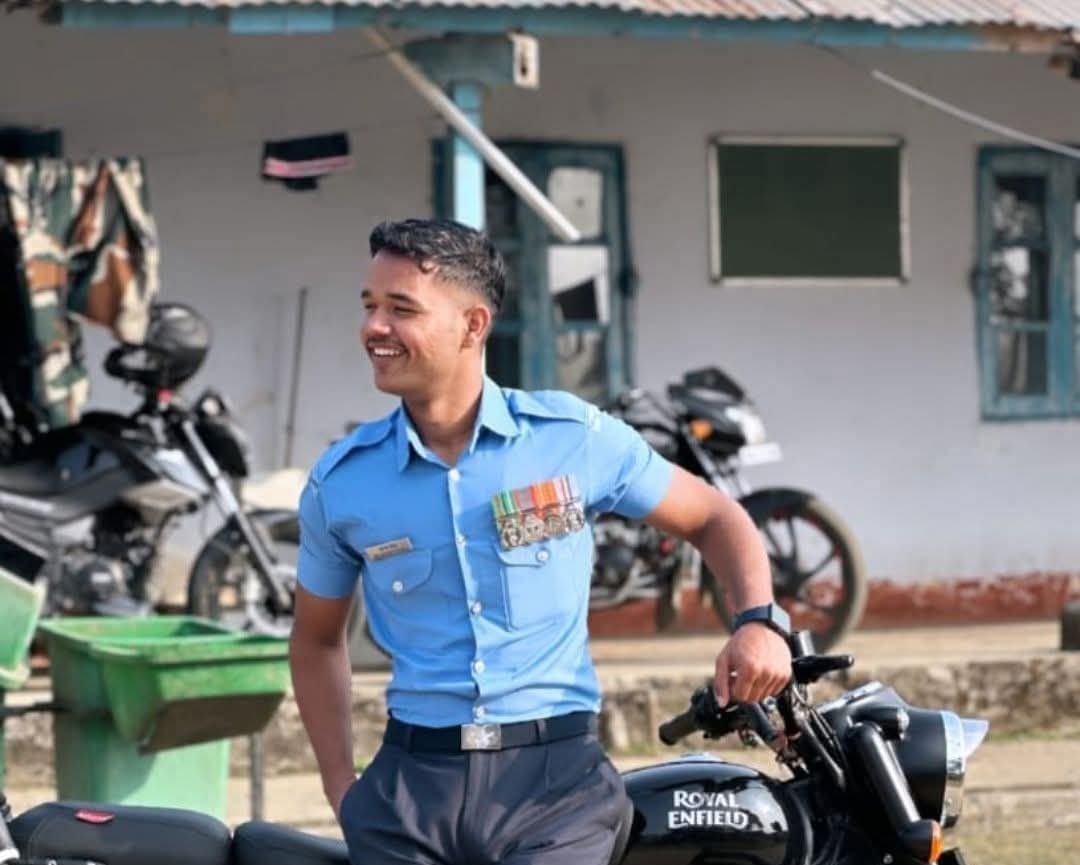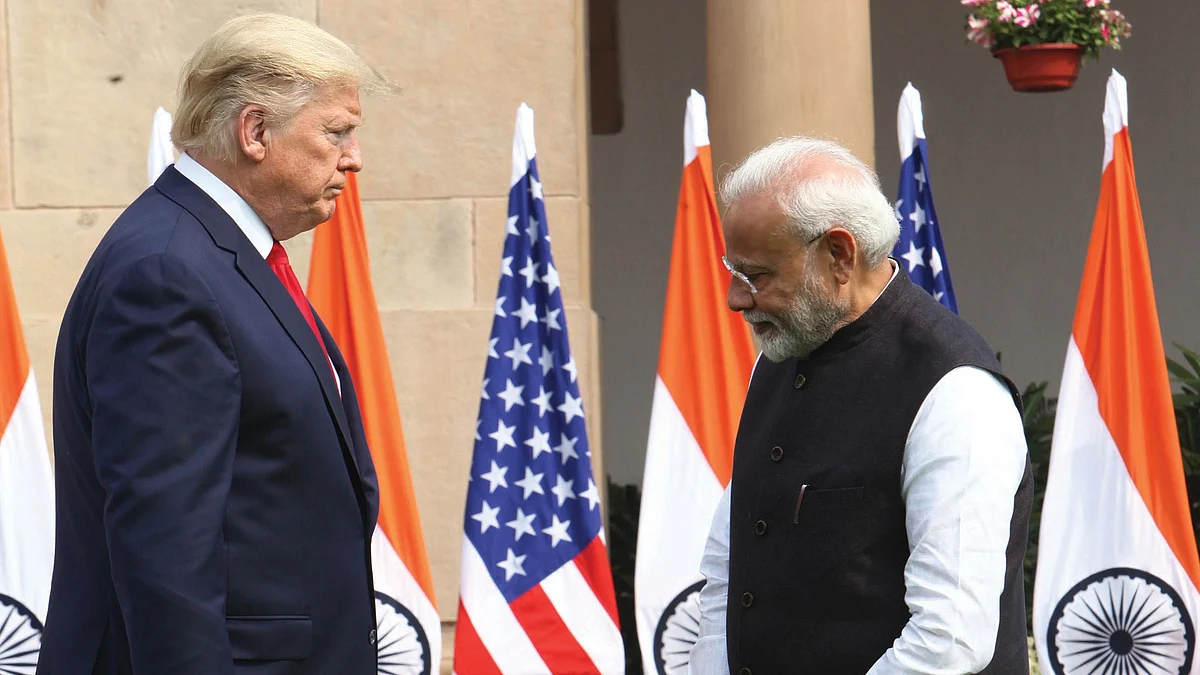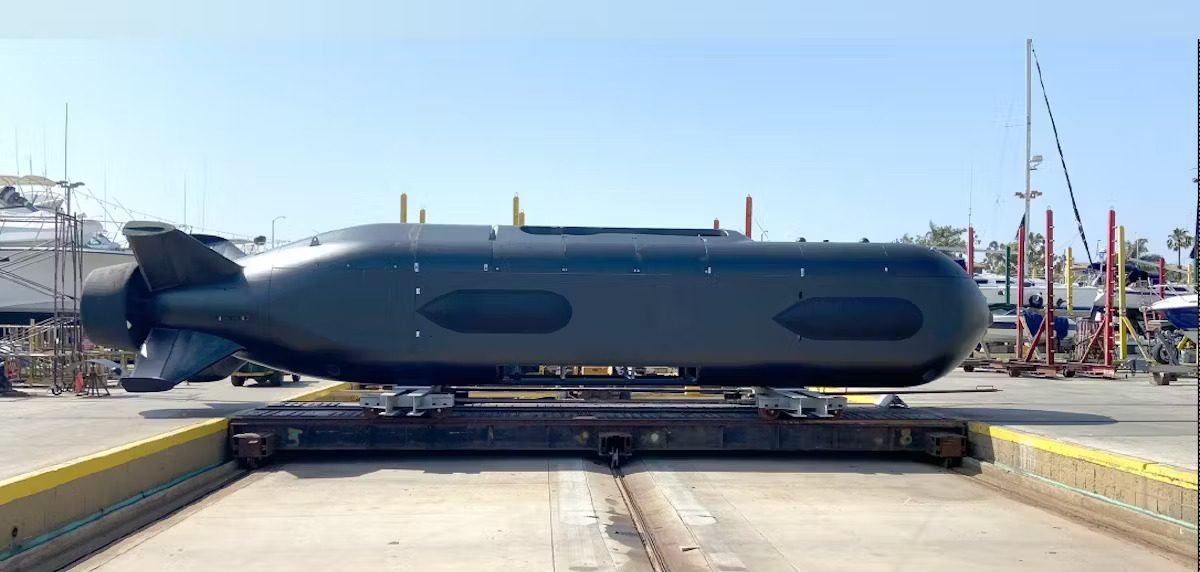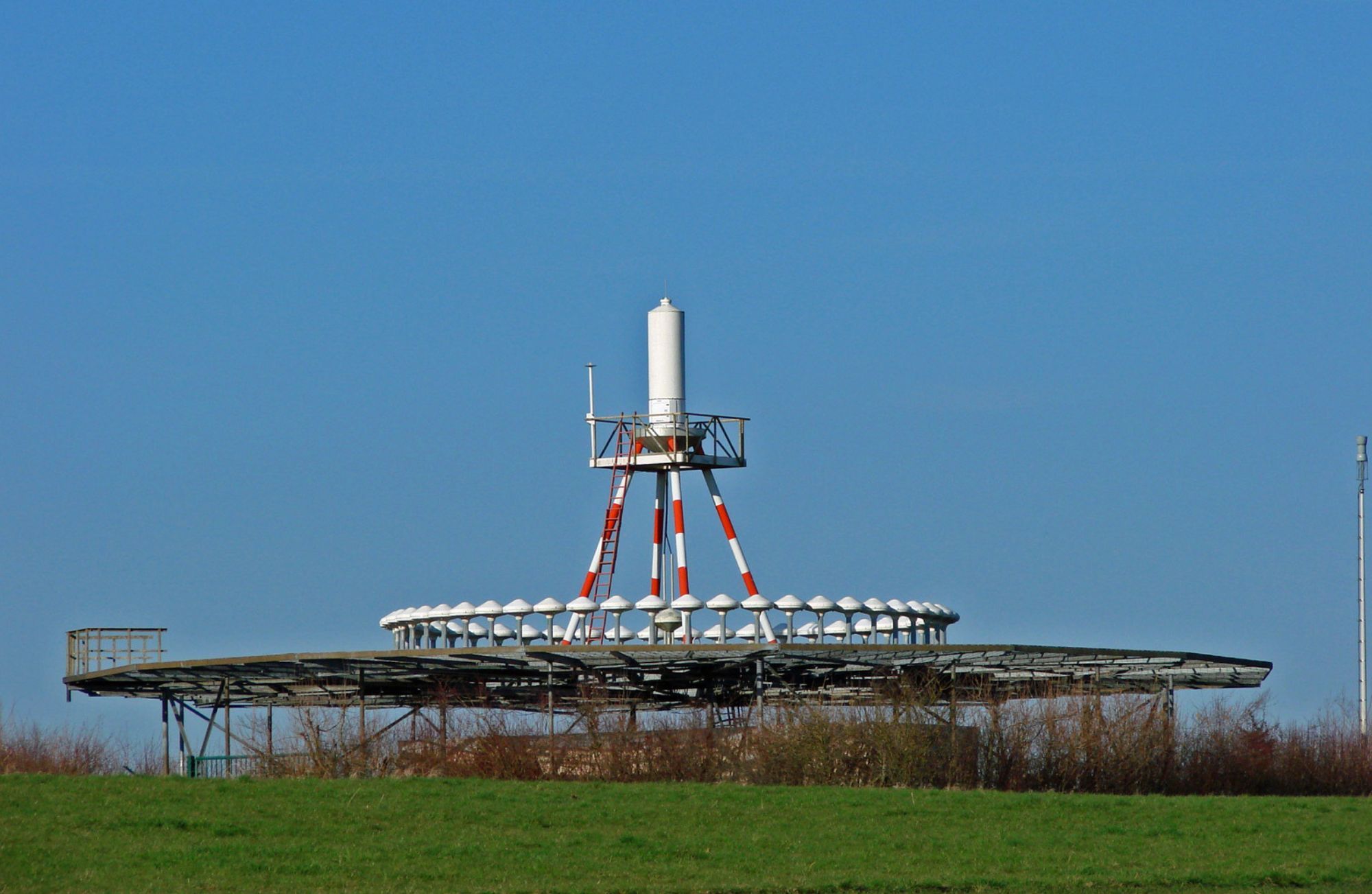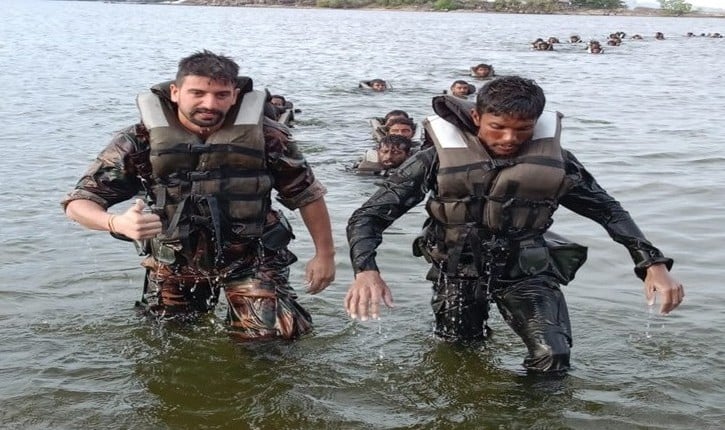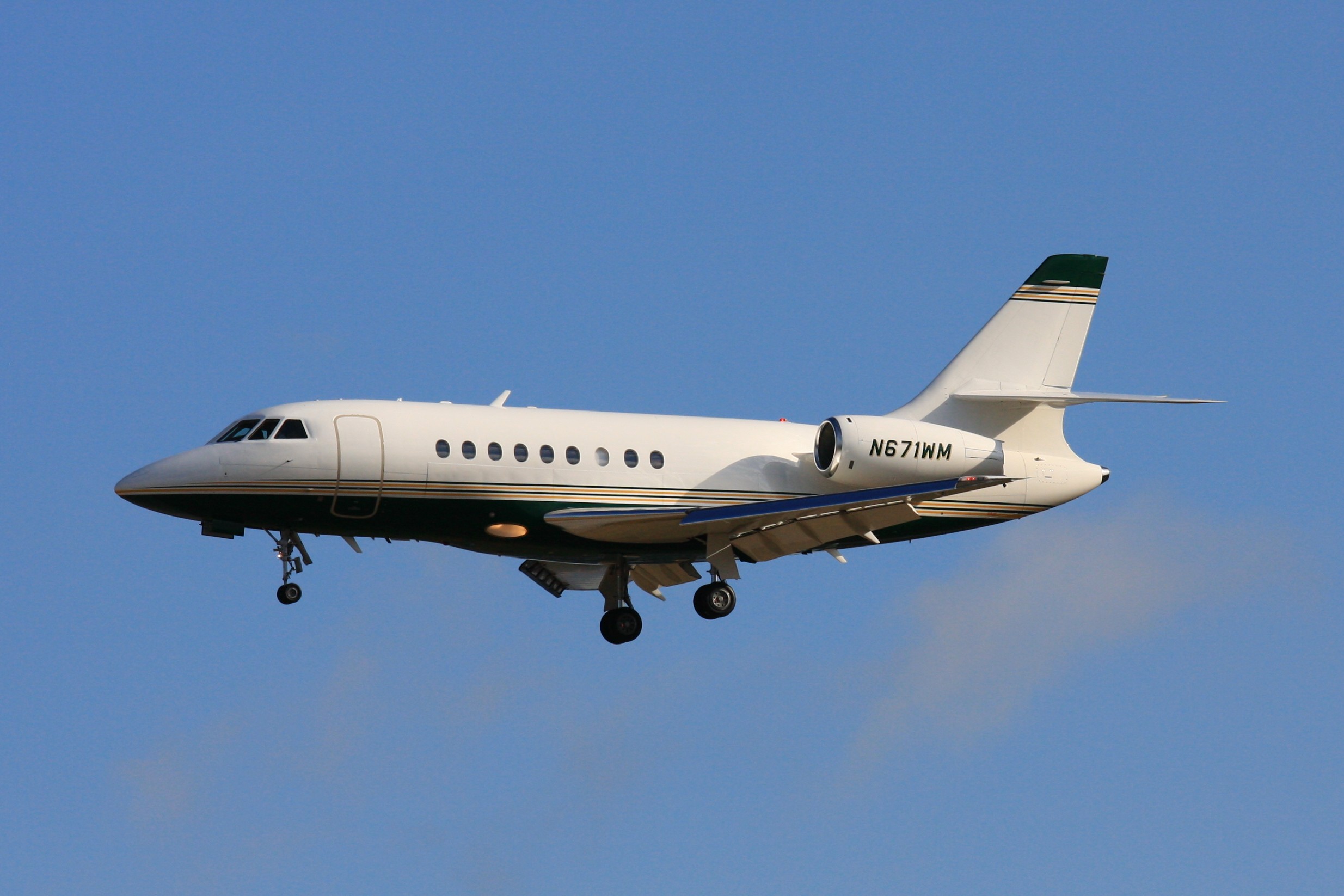Rajasthan Air Force Jawan Saurabh Singh Laid to Rest with Full Military Honours in Bharatpur
The mortal remains of Leading Aircraftman (LAC) Saurabh Singh of the Indian Air Force were brought to his native village…
PM Modi Firmly Rejects Trump’s Claim of US Role in India-Pakistan Ceasefire
Prime Minister Narendra Modi has categorically denied any third-party involvement in the recent ceasefire between India and Pakistan, dismissing former…
Indian Navy to Induct Indigenous 20-Tonne XLUUV ‘JALKAPI’ Within Two Years
In a major leap toward autonomous naval warfare, the Indian Navy is poised to induct its first high-endurance Extra-Large Unmanned…
Indra and AXISCADES Forge Strategic Alliance to Advance Aerospace and Defense Manufacturing in India
European defense and aerospace giant Indra has entered into a strategic partnership with Indian technology firm AXISCADES to jointly produce…
Indian Army NCOs Shine in Sri Lanka’s Elite Survival Training Course
In a commendable feat of endurance and skill, two Non-Commissioned Officers (NCOs) from the Indian Army have successfully completed the…
Reliance and Dassault to Build Falcon 2000 Jets in Nagpur, Marking First Production Outside France
In a major boost to India’s aerospace manufacturing sector, a subsidiary of Reliance Infrastructure has partnered with France’s Dassault Aviation…

